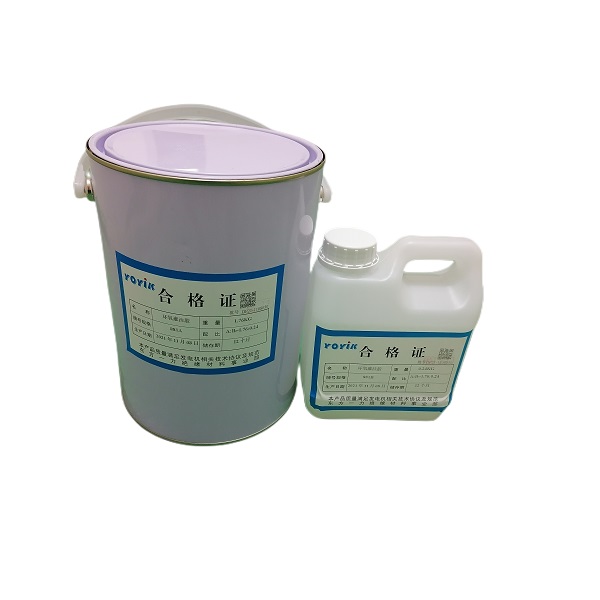Thermal resistance is widely used in thermal power plants. The RTD type WZPM2-001 is one typical model that used in temperature control of steam turbines. It can provide important temperature data, ensure the normal operation of equipment, and ensure the safety and stability of the production process.
Common Types of Materials for Thermal Resistance
The most commonly used material for thermal resistance is platinum (Pt). Platinum-rhodium (Pt-Rh) alloy is mostly used in thermal resistance used in industry, and the content of platinum is generally more than 90%. In addition, there are some thermal resistors made of nickel (Ni) or copper (Cu).
Different types of materials determine the measurement temperature, accuracy level and other technical parameters of thermal resistance. Different materials are suitable for different measurement environments and requirements. Selecting the appropriate thermal resistance of materials can ensure the accuracy and stability of measurement. 
Where Can The Thermal Resistance RTD Be Used In Power Plants?
1. Steam turbine: RTD temperature sensor is usually used to measure the temperature of various parts of the steam turbine, such as the inlet temperature of HP and IP actuators, and the temperature of oil in the oil system. These temperature data can be used to judge whether the equipment works normally and whether maintenance and repair are required.
2. Boiler: thermal resistance is used to measure the temperature of various parts of the boiler, such as steam drum, superheater, reheater, air preheater, etc. These temperature data are very important to ensure the safe operation of the boiler, and can be used to judge whether the equipment is normal, control the combustion process and adjust the combustion parameters.
3. Flue gas emission: RTD thermal resistance is also used to measure the temperature of flue gas to ensure that the flue gas emission of the boiler meets the environmental protection requirements.
4. Other equipment: thermal resistance is also used to measure the temperature of steam generator, air compressor, water pump, cooling tower, heat exchanger and other equipment.
How to use RTD Sensor to Measure Steam Turbine Bearing Temperature?
There is another typical usage of RTD sensors in steam turbine, which is bearing temperature measurement. Here is an easy way to use a RTD temperature sensor to measure the bearing temperature.
1. Select a suitable thermal resistance sensor and install it on the bearing bush. Pt100 thermal resistance is usually selected, and its measuring range is usually – 200 ° C~+600 ° C.
2. Connect the two wires of the thermal resistance sensor to the measuring equipment. Thermal resistance is a passive sensor that requires external power supply.
3. Calibrate the thermal resistance sensor with thermometer or multi-function tester. The thermal resistance is usually calibrated with a standard temperature source to ensure the measurement accuracy and accuracy.
4. Run the bearing bush so that the thermal resistance sensor can measure the temperature of the bearing bush surface.
5. Use the measuring equipment to read and process the electrical signal output by the thermal resistance sensor to obtain the temperature value of the bearing surface.
It should be noted that during the measurement process, the contact thermal resistance between the sensor and the bearing bush should be minimized to ensure the accuracy of the measurement.
Post time: Mar-01-2023















